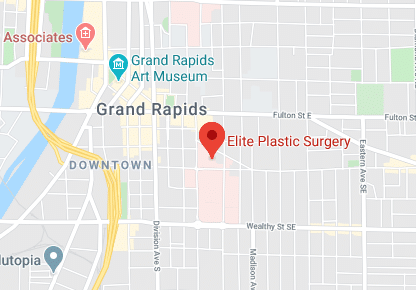
But some women have a larger degree of asymmetry, which is common with a condition known as tubular breasts.
If a patient seeks to address this condition, our board-certified plastic surgeons at Elite Plastic Surgery use different methods to change the breasts. Let’s get into this issue in these two spring blogs.
What Are Tubular Breasts?
When a woman has tubular breasts, her breasts may be more elongated than normal. They may droop more than would be standard for her age. The areolae may be larger than normal, and the nipples may protrude.
Tubular breasts are not common, but they are not rare, either. Many women don’t seek treatment because they don’t realize their situation isn’t just the shape of their breasts. Actually, tubular breasts is a condition that originates during puberty. The condition, also known as breast hypoplasia, can affect one or both breasts.
What Designates This Condition?
The diagnosis of tubular breasts hasn’t always been understood as a condition. Diagnosis is made on the appearance of the breasts, which can be somewhat subjective. What all cases have in common is a lack of breast tissue in both the vertical and horizontal directions.
There is some variance in characteristics, but most cases of tubular breasts would have a gap of over 1.5 inches between the breasts. The area around the nipple may appear to have collapsed or otherwise constricted. As mentioned above, the areola may be enlarged. In tubular breasts, asymmetry is often a problem with one breast noticeably larger than the other.
What Causes Tubular Breasts?
Two doctors first described the condition of tubular breasts in 1976, but almost 50 years later the causes are still somewhat of a mystery. It’s thought there is a genetic link, but it has not been verified. The prevailing theory behind the cause is that a problem occurs in utero. The condition doesn’t show itself until puberty when the breasts develop into their adult shape. In most cases, the ring of tissue connecting the areola to the rest of the breast develops abnormally. This creates a droopy appearance.
In April’s second blog, we’ll address ways we can help patients if they’d like to address their tubular breasts. To schedule an appointment, call us at (616) 459-1907.


Comments are closed.